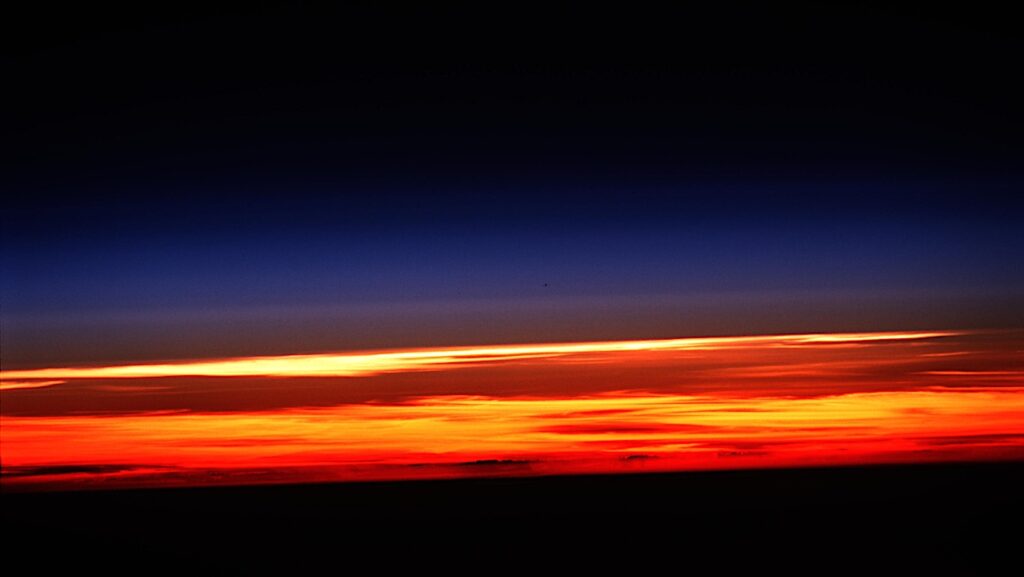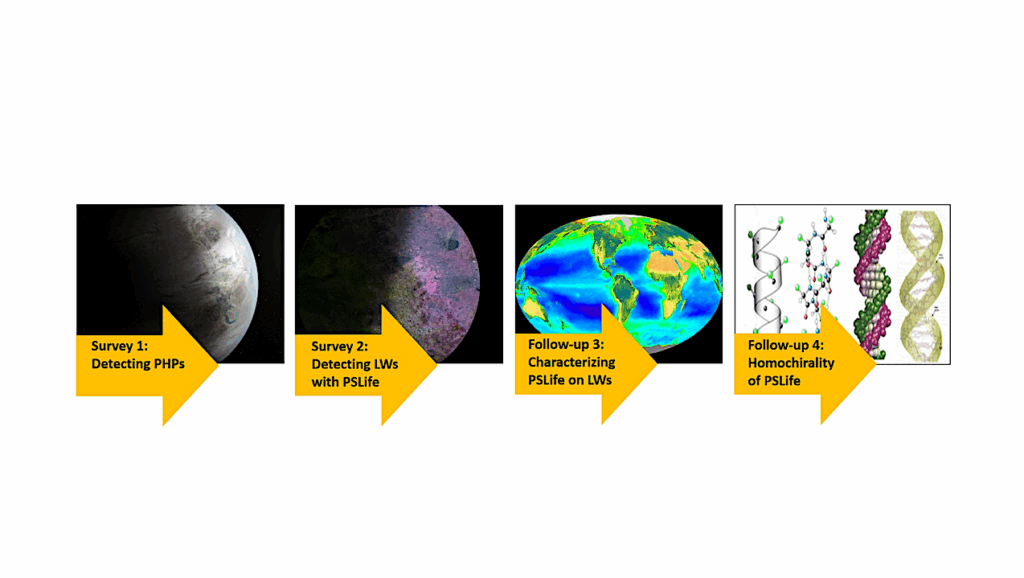Evolution of Earth-like Extrasolar Planetary Atmospheres

Understanding the evolution of Earth and potentially habitable Earth-like worlds is essential to fathom our origin in the Universe.
The search for Earth-like planets in the habitable zone and investigation of their atmospheres with climate and photochemical models is a central focus in exoplanetary science. Taking the evolution of Earth as a reference for Earth-like planets, a central scientific goal is to understand what the interactions were between atmosphere, geology, and biology on early Earth. The Great Oxidation Event (GOE) in Earth’s history was certainly caused by their interplay, but the origin and controlling processes of this occurrence are not well understood, the study of which will require interdisciplinary, coupled models. In this work, we present results from our newly developed Coupled Atmosphere Biogeochemistry model in which atmospheric O2 concentrations are fixed to values inferred by geological evidence.
Applying a unique tool, ours is the first quantitative analysis of catalytic cycles that governed O2 in early Earth’s atmosphere near the GOE. Complicated oxidation pathways play a key role in destroying O2, whereas in the upper atmosphere, most O2 is formed abiotically via CO2 photolysis. The O2 bistability found by Goldblatt et al. (2006) is not observed in our calculations likely due to our detailed CH4 oxidation scheme. We calculate increased CH4 with increasing O2 during the GOE. For a given atmospheric surface flux, different atmospheric states are possible; however, the net primary productivity (NPP) of the biosphere that produces O2 is unique. Mixing, 4 fluxes, ocean solubility, and mantle/crust properties strongly affect NPP and surface O2 fluxes. Regarding exoplanets, different “states” of O2 could exist for similar biomass output. Strong geological activity could lead to false negatives for life.
Evolution of Earth-like extrasolar planetary atmospheres: Assessing the atmospheres and biospheres of early Earth analog planets with a coupled atmosphere biogeochemical model
S. Gebauer, J. L. Grenfell, J. W. Stock, R. Lehmann, M. Godolt, P. von Paris, H. Rauer
(Submitted on 18 Jul 2018)
Comments: 72 pages, 28 figures, 7 tables
Subjects: Earth and Planetary Astrophysics (astro-ph.EP)
Journal reference: published in Astrobiology, Volume 17, Issue 1, 2017, pp.27-54
DOI: 10.1089/ast.2015.1384
Cite as: arXiv:1807.06844 [astro-ph.EP] (or arXiv:1807.06844v1 [astro-ph.EP] for this version)
Submission history
From: Stefanie Gebauer
[v1] Wed, 18 Jul 2018 10:16:11 GMT (7006kb)
https://arxiv.org/abs/1807.06844
Astrobiology








